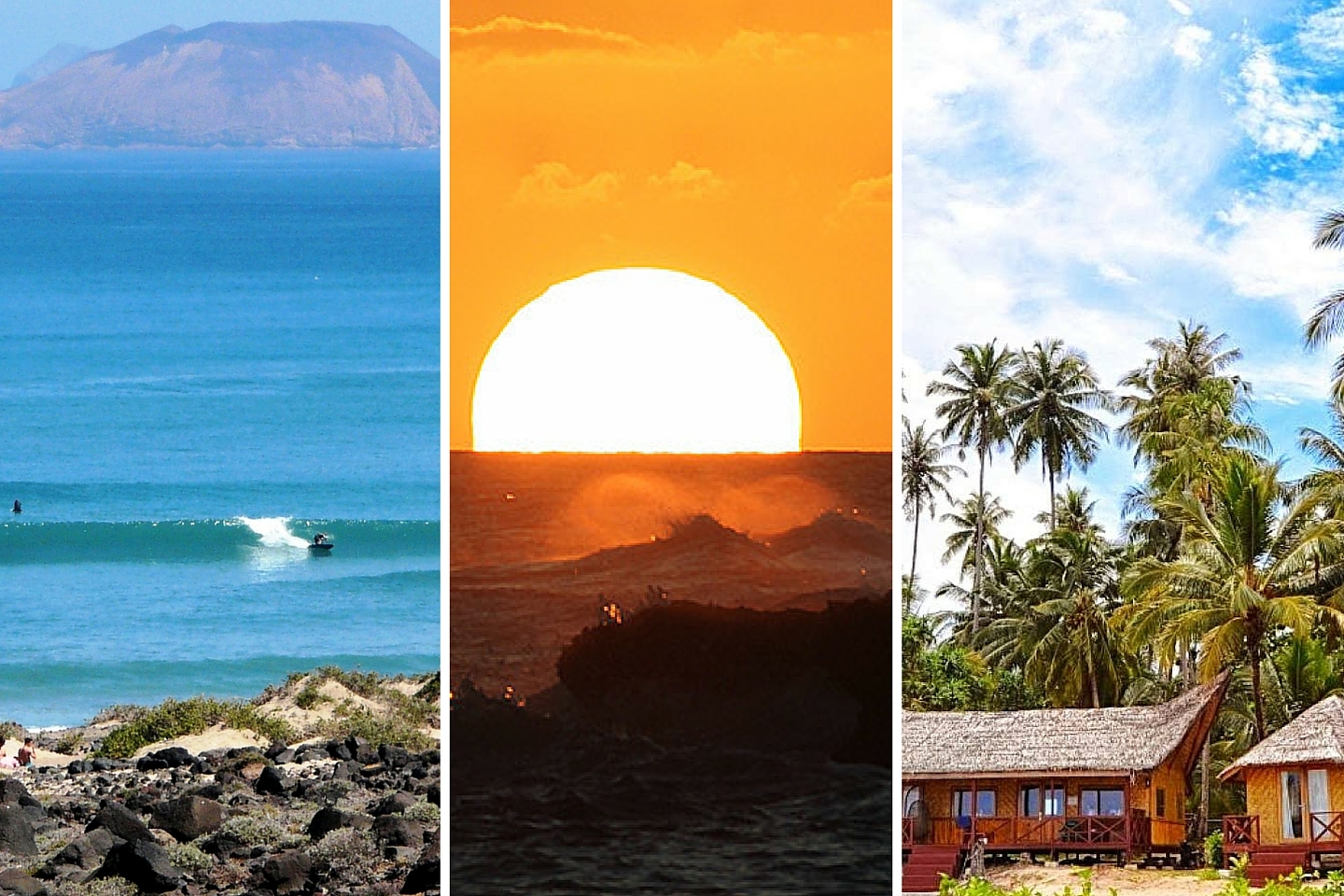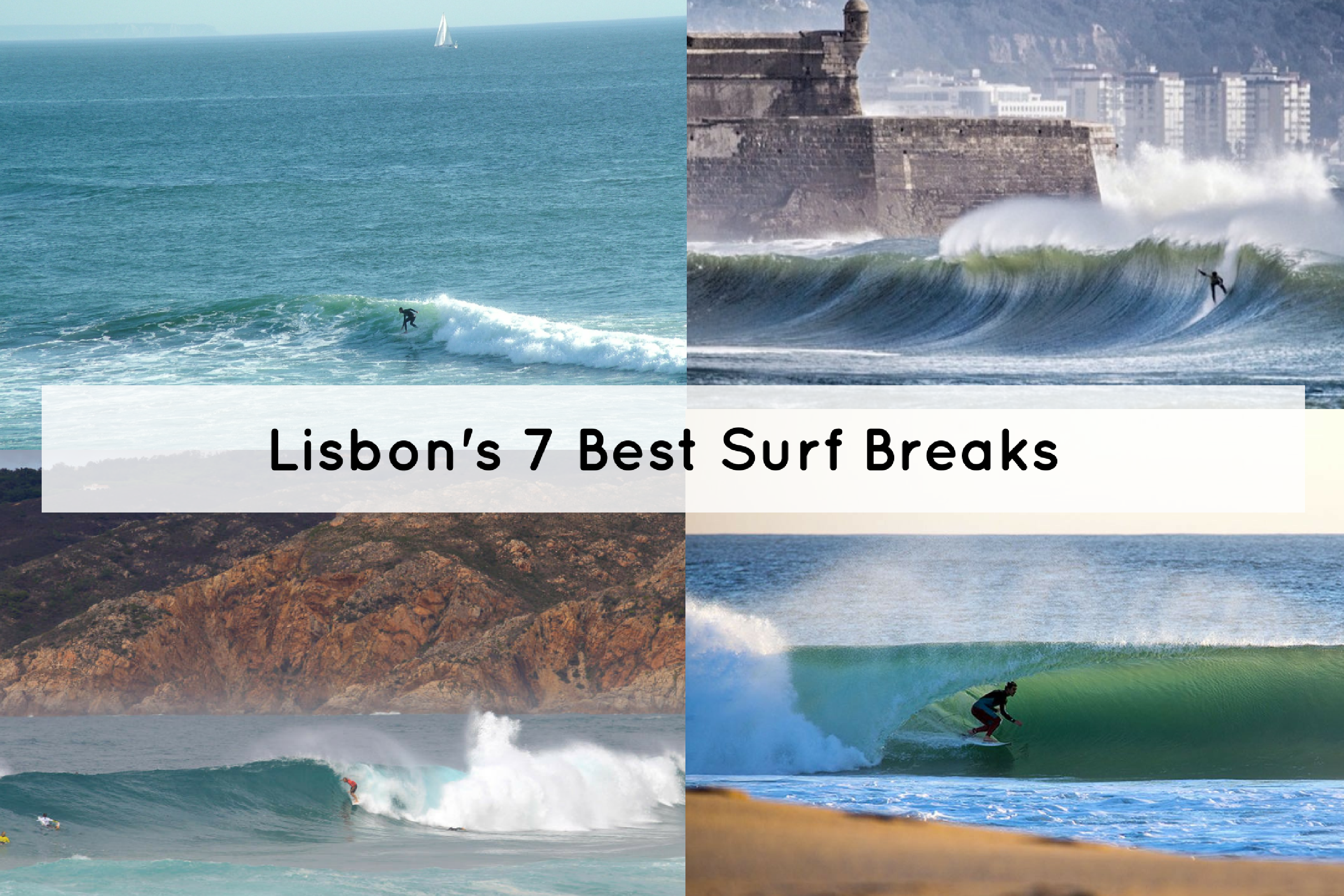
Have you ever thought about learning to surf for the first time? It can seem like a big hurdle trying something that's new and very unknown, but at the same time, the whole experience will be a lot of fun. Some of the most important advice to help you start out will be making sure you have the right gear. Here's our first installment in what to rent or buy so that you can get yourself in the waves having fun, or on a learn to surf holiday.
- You: Wetsuit/Boardshorts/Rashvest

Before you even think of getting into the water, you need to know how warm or cold it will be. Making sure that you are a comfortable temperature and in the right clothing is essential to making the most of even your first experience in the waves.
For the majority of us in Europe the water is cold, so choosing a good cold water wetsuit is a must. It doesn't matter if you hire one for a day, or choose to invest, make sure that either your surf instructor or surf shop assistant helps you pick out a suit that is matched with where you'll be surfing most. During the European summer, most surfers will opt for a 3/2 wetsuit. This means that the body of the wetsuit has the thickness/warmth of 3mm of neoprene, whereas the arms have 2mm. However, if you feel the cold, you may want to opt for something warmer such as a 4/3, or even the winter equivalent of a 5/3.
If you are going to be surfing in cold water for most of the year, buying a winter wetsuit will be the best investment.
Most of us have seen amazing footage of surfers in warm waters in their boardshorts and rashvests. These are great for being on the beach, but unless it is mid summer in France, or Fuerteventura, they wont keep you warm enough in the water by themselves. However, they are great for extra warmth and for stopping any annoying wetsuit rub.
- The Board: Surfboard/Leash

Here's where it gets even more exciting. Choosing the first board that you are going to ride is a very memorable occasion. Everyone remembers their first board, and it's the one that will get you addicted to surfing straight away.
Most beginner surfers are given ‘foamies' to ride. These are foam boards that are longer, wider and a lot lighter than your average fibre glass board. The idea behind them is that they are very buoyant, will easily catch nice safe white water, and wont hurt if you accidentally hit yourself with them.
There is a stage up from a foamy which can be well worth your while to get a better sense of surfing regular boards. In most beginner beach line ups you will probably see NSP boards in the water. These are a tougher board, designed again to be buoyant and relatively quick to catch waves. However, these boards require more work in the ocean, as they are heavier and hence need to be used carefully. Well worth the work though as they will be a great learner to intermediate board.
- The Accessories: Wax/Boardbag

In surf lessons your instructor will provide you with all the tip bits that you need, but if you are going it alone, then you will need to make sure you've got the right wax to put on your board. Read the instructions/label to make sure that your wax is matched to the water temperature, and get rubbing it all over your board. It is what will keep you on your board and not sliding into the ocean.
If you do decide to invest in a surfboard, give it a home by buying a boardbag. It'll be your friend for when you want to take it on road trips or even foreign surf holidays, protecting your precise board on the ever fun airlines.






 Francesca Bingley
Francesca Bingley






